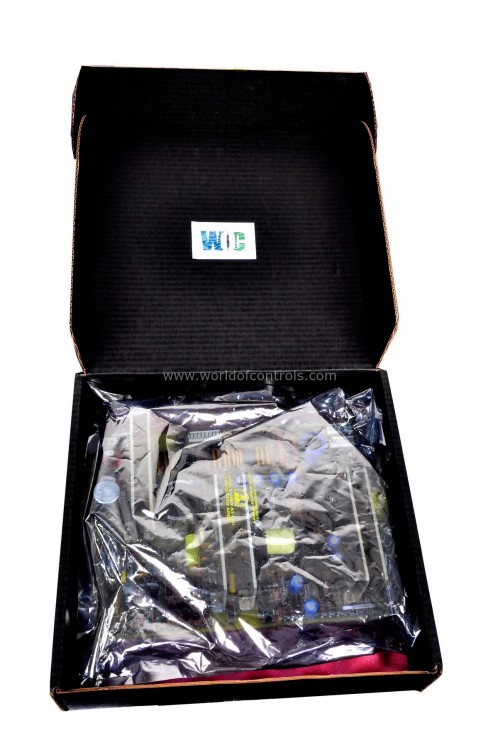
World Of Controls understands the criticality of your requirement and works towards reducing the lead time as much as possible.
DS200GENCF1ACB - Software EPROM is available in stock which ships the same day.
DS200GENCF1ACB - Software EPROM comes in UNUSED as well as REBUILT condition.
To avail our best deals for DS200GENCF1ACB - Software EPROM, contact us and we will get back to you within 24 hours.
Part Number: DS200GENCF1ACB
Manufacturer: General Electric
Series: Mark V
Product type: GE Software EPROM
Availability: In Stock
Country of Manufacture: United States (USA)
DS200GENCF1ACB is a software EPROM designed and developed by GE. It is a part of the Mark V control system. EPROM holds the distinctive capability of having its data erased using an optical method. Similar to PROM (Programmable Read-Only Memory), EPROM chips are produced in a blank state and then programmed based on specific requirements or data needs. What sets EPROM apart is its non-volatile nature. Non-volatile memory retains stored data even when the power supply is switched off. This quality makes EPROM an excellent choice for scenarios where data persistence is crucial, allowing it to retain information over extended periods without needing constant power.
WOC is available 24x7 to assist you with any of your General Electric requirements. Please contact us by phone or email for pricing and availability on GE, Bently Nevada or Woodward parts and repairs.
What is DS200GENCF1ACB?
It is a GE Software EPROM designed and developed by GE
How does the Master Trip Circuit function in terms of its components?
The circuit comprises two fundamental components: inputs to the Mark V and outputs from the Mark V. Both components are integral to ensuring the overall functionality of turbine protection.
What types of inputs are involved in the Master Trip Circuit?
Hardwired and remote trip inputs connect to the 4's relay coils, labeled according to the ANSI standard device numbering system. These inputs operate based on a contact-open-to-trip mechanism, offering redundancy and reliability in turbine protection.
How are the relay coils connected within the Master Trip Circuit?
Redundant relay coils are linked to both the positive and negative DC buses in series with the external trip contact inputs. This redundant setup ensures robustness in the event of relay coil failure.
How does the redundancy mechanism prevent accidental turbine tripping due to relay failures?
In case of a failure in any one of the relay coils (positive or negative bus), a resultant hardware contact acts as a voting mechanism. This allows the operational relay to outvote the failed relay, preventing unintended turbine tripping caused by a single relay coil failure.